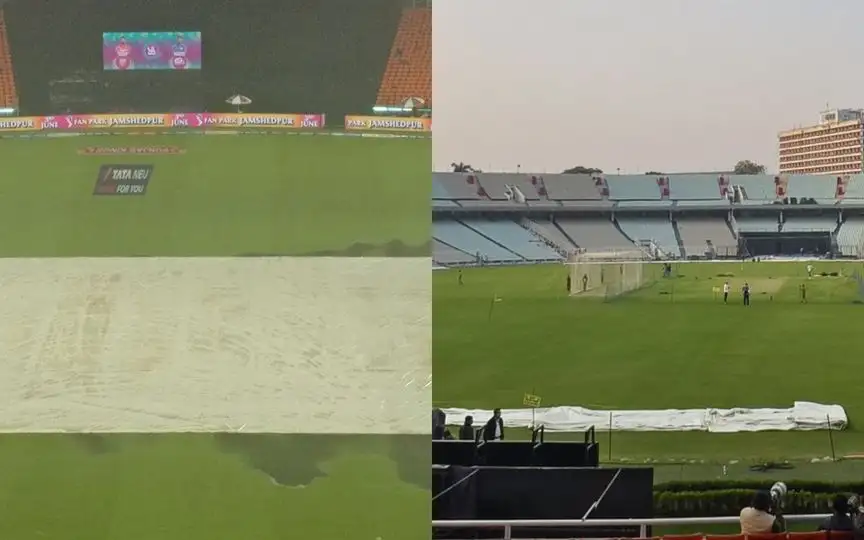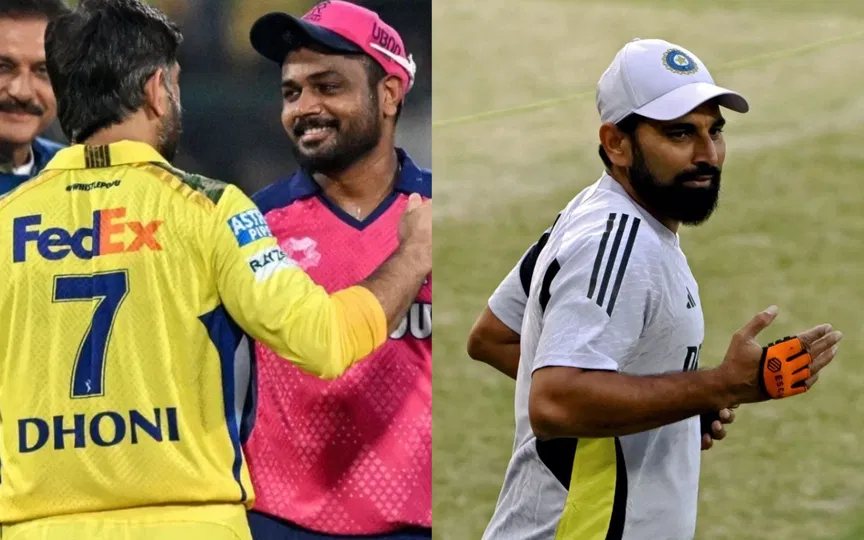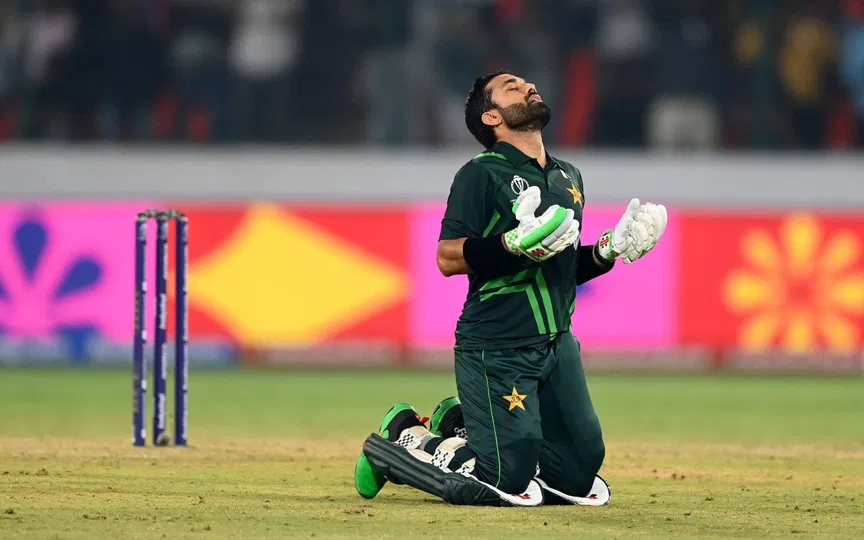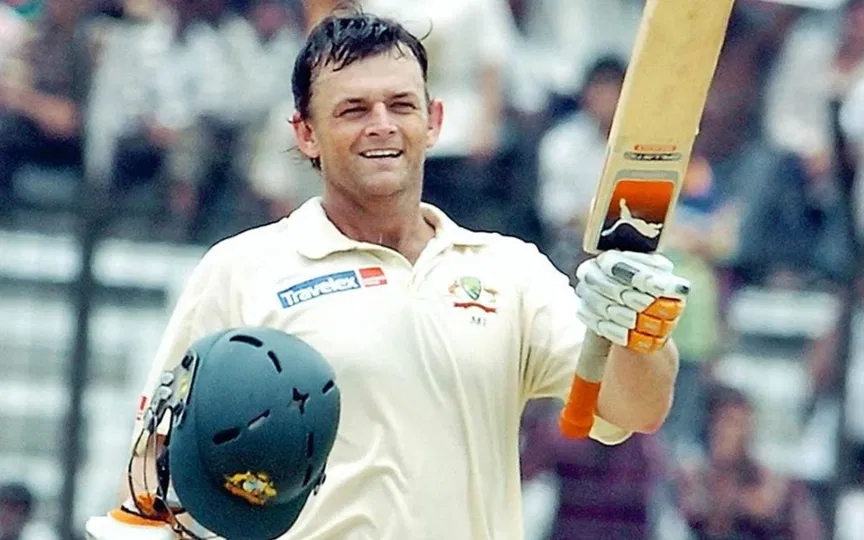![The Narendra Modi Stadium dilemma [Source: @IndianTechGuide/X.com]](https://onecricketnews.akamaized.net/parth-editor/oc-dashboard/news-images-prod/1762785082543_The_Narendra_Modi_Stadium_Ahmedabad_BCCI.jpg?type=hq) The Narendra Modi Stadium dilemma [Source: @IndianTechGuide/X.com]
The Narendra Modi Stadium dilemma [Source: @IndianTechGuide/X.com]
When the BCCI looks for a grand stage to host its biggest cricketing moments, one venue always seems to shine brighter than the rest, Ahmedabad’s Narendra Modi Stadium.
Be it the IPL finals, the 2023 ODI World Cup final, or now the likely choice for the 2026 T20 World Cup final, the world’s largest cricket stadium continues to dominate the board’s preference list.
But is this growing fixation with one venue entirely fair or even justified?
What makes the Narendra Modi Stadium special?
On the surface, it’s easy to see why the BCCI keeps going back to Ahmedabad. The sheer scale of the stadium is staggering, with over 130,000 seats, state-of-the-art facilities, and infrastructure that dwarfs most other grounds around the world.
It offers the kind of spectacle global cricket bodies dream about, packed stands, flashing lights, and a visual that screams “grand finale.”
For broadcasters and sponsors, it’s a dream venue. For fans who crave the experience of being part of something monumental, it’s hard to argue against.
Ahmedabad is not the only city to possess quality venues
But here’s the catch. India is not short of iconic venues. Eden Gardens in Kolkata, Wankhede in Mumbai, M. A. Chidambaram in Chennai, and Arun Jaitely Stadium in Delhi have all seen cricketing history unfold for decades.
Each carries its own legacy, crowd character, and energy. Yet, in recent years, they’ve often been overlooked for the spotlight moments, the finals, the opening matches, and the ones that define a tournament.
It raises a valid question: Is the BCCI turning a blind eye to India’s cricketing diversity in pursuit of one glittering venue?
Weighing both sides of the argument
Critics argue that centralising major events in one city limits the spirit of inclusivity that Indian cricket once celebrated. After all, the passion for cricket is spread across every corner of the country, from the chants at Eden Gardens to the roar of the Wankhede.
By constantly picking Ahmedabad, the board risks making those regional emotions feel sidelined. Additionally, the pitches here have been average, thus stealing away the thrill of close contests.
However, from a logistical lens, Ahmedabad is tough to beat. The stadium is part of a larger sports complex, equipped with elite-level transport, security, and accommodation.
It’s tailor-made for mega events, both in terms of comfort and global optics. And with ICC tournaments increasingly judged by their visual grandeur, BCCI perhaps sees Ahmedabad as the safest and most spectacular bet.
Final thought
Still, the emotional argument lingers. Cricket in India isn’t just about size, it’s about stories. And while Narendra Modi Stadium offers scale, the soul of Indian cricket has always lived in the chaos and charisma of multiple cities, not just one.
So, is the BCCI’s obsession justified? Perhaps strategically, yes. But emotionally and historically, it might be robbing Indian cricket of the magic that comes from sharing its glory across its many, equally deserving homes.






